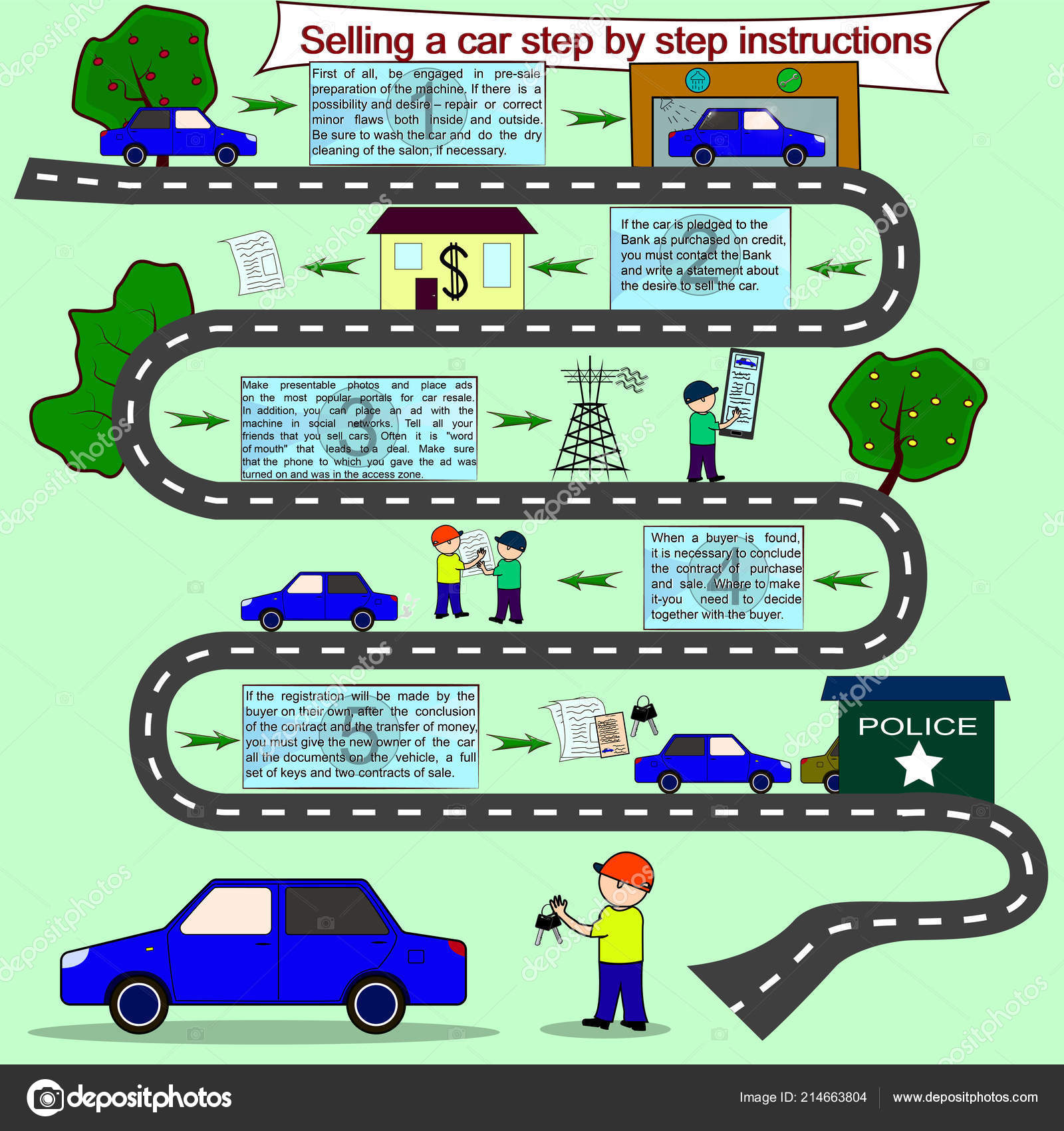Deciphering Your Automobile'S Warning Indicators: What They Really Indicate
Deciphering Your Automobile'S Warning Indicators: What They Really Indicate
Blog Article
Staff Author-Vinson Torres
When you lag the wheel, those glowing caution lights on your control panel can be a bit complicated. Do look at this website understand what they're trying to tell you regarding your vehicle's wellness? Recognizing the significance of these lights is crucial for your safety and security and the longevity of your vehicle. So, the next time among those lights turns up, would not you want to decode its message properly and take the required actions to address it?
Common Warning Lights and Interpretations
Identify common caution lights in your vehicle and comprehend their significances to make sure safe driving.
One of the most common warning lights consist of the check engine light, which indicates problems with the engine or exhausts system. If this light begins, it's critical to have your automobile inspected immediately.
The oil stress cautioning light indicates reduced oil pressure, needing instant interest to prevent engine damages.
A blinking battery light may recommend a defective billing system, possibly leaving you stranded if not attended to.
The tire pressure surveillance system (TPMS) light signals you to low tire stress, affecting automobile security and gas effectiveness. Overlooking this might cause unsafe driving problems.
The abdominal light suggests a problem with the anti-lock braking system, jeopardizing your capacity to quit promptly in emergencies.
Finally, the coolant temperature cautioning light warns of engine overheating, which can result in serious damage otherwise fixed swiftly.
Comprehending these common caution lights will help you deal with issues immediately and maintain safe driving problems.
Relevance of Prompt Attention
Comprehending the typical caution lights in your car is only the very first step; the importance of quickly addressing these warnings can not be emphasized sufficient to guarantee your safety when driving.
When a caution light brightens on your dashboard, it's your cars and truck's way of interacting a potential concern that needs interest. Neglecting these warnings can result in much more serious issues down the road, compromising your safety and potentially costing you extra out of commission.
Prompt interest to advising lights can protect against malfunctions and mishaps. For example, a blinking check engine light could suggest a misfire that, if left unattended, might trigger damage to the catalytic converter. Resolving this promptly can save you from a costly repair service.
Similarly, a brake system alerting light might signal low brake fluid or used brake pads, vital parts for your safety when driving.
DIY Troubleshooting Tips
If you discover a caution light on your control panel, there are a couple of do it yourself troubleshooting pointers you can attempt before looking for specialist aid.
The primary step is to consult your automobile's manual to comprehend what the particular caution light shows. Occasionally the issue can be as easy as a loose gas cap causing the check engine light. Tightening the gas cap may settle the problem.
An additional common concern is a low battery, which can cause numerous cautioning lights. Inspecting paint detailing near me for corrosion and guaranteeing they're safe could deal with the trouble.
If a warning light continues, you can attempt resetting it by separating the automobile's battery for a couple of minutes and after that reconnecting it. Additionally, checking your vehicle's fluid degrees, such as oil, coolant, and brake liquid, can help repair warning lights associated with these systems.
Verdict
Finally, recognizing your cars and truck's warning lights is crucial for maintaining your automobile running efficiently and securely. By without delay resolving these alerts and knowing what they mean, you can prevent costly repairs and possible break downs.
Remember to consult your automobile's manual for particular information on each warning light and do something about it as necessary to ensure a hassle-free driving experience.
Stay notified, remain risk-free when driving!
